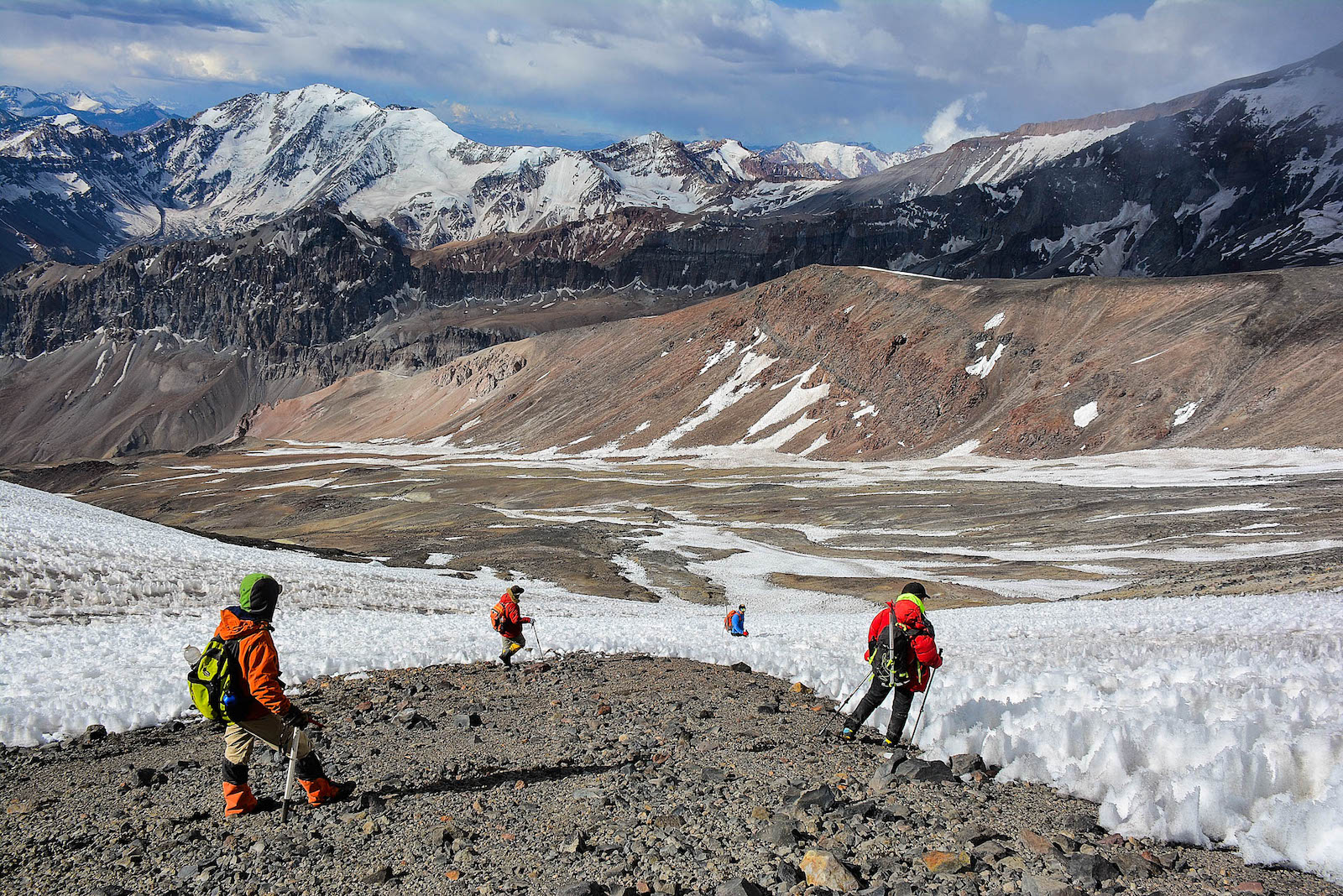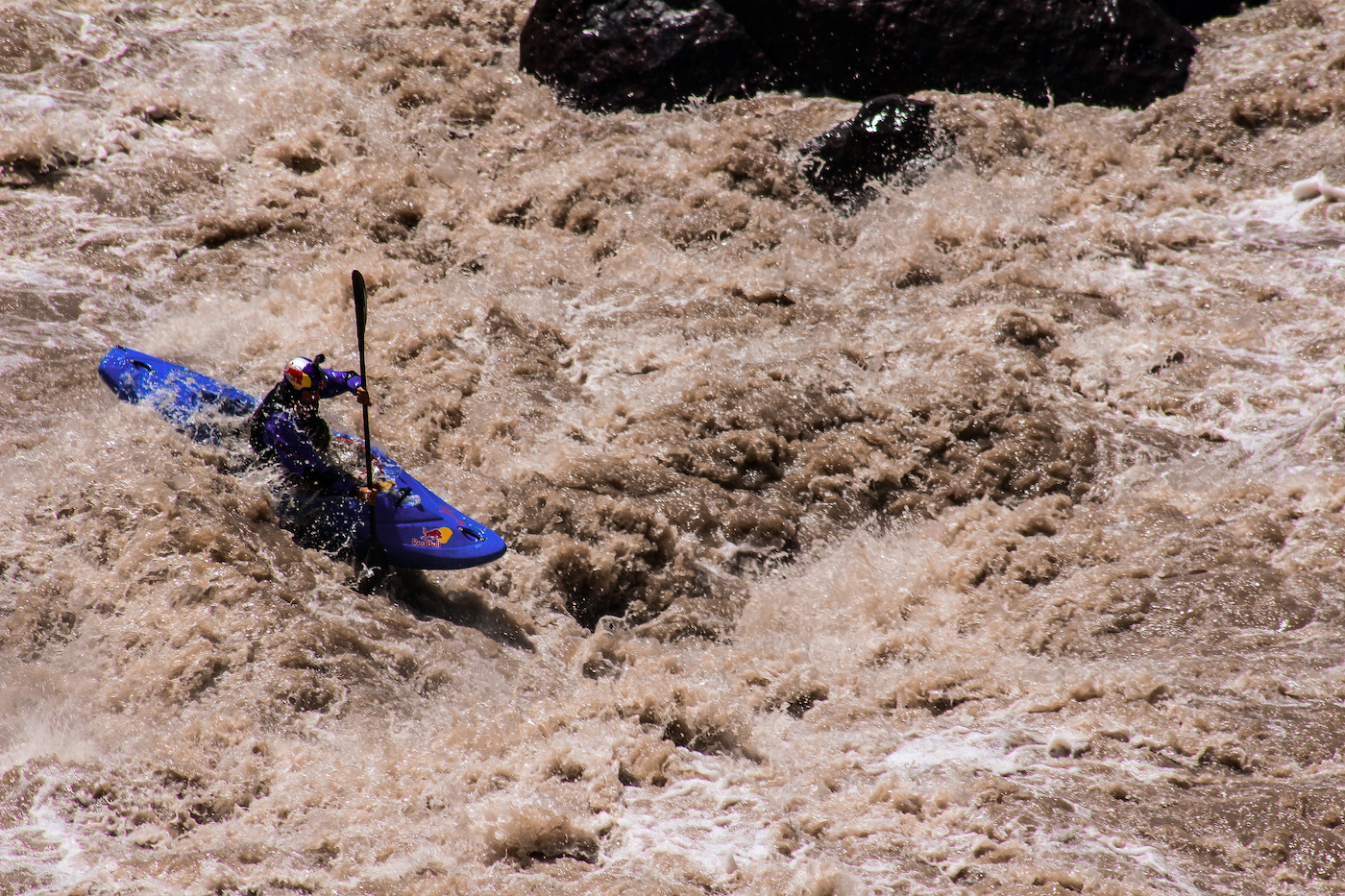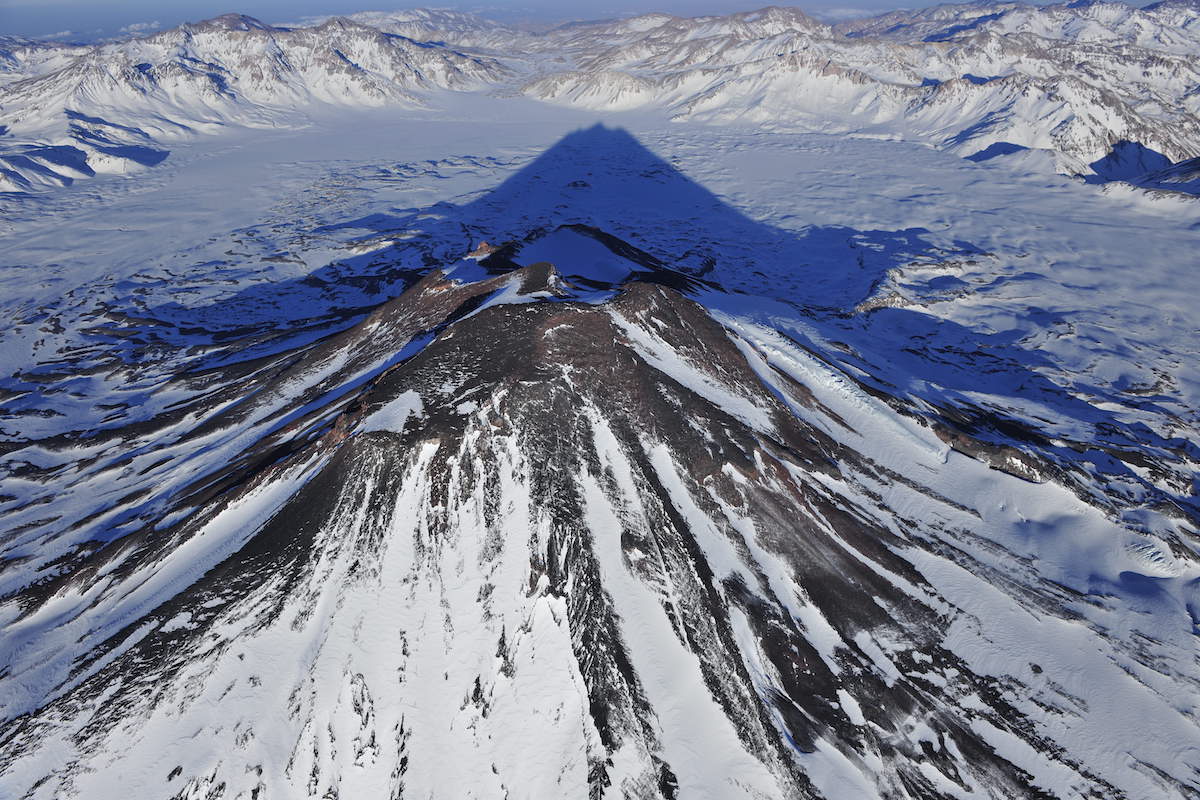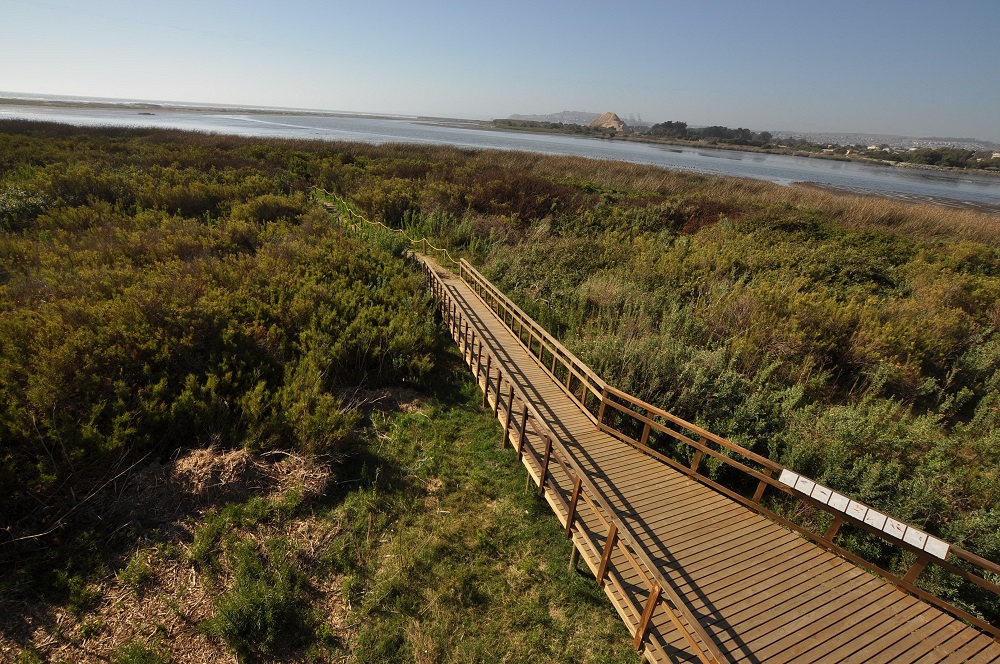 Valle Colorado. Photo: Ximena Salazar
Valle Colorado. Photo: Ximena SalazarBy Paula Fernández
Translation by Patrick Nixon
The Maipo River Basin is probably one of the most productive in Chile and has for centuries been bearing the weight of human activity. It has become the main water source for Santiago, the capital and population hub of the country. Perhaps then it is no coincidence that this is precisely where the Bestias del Sur Salvaje (Beasts of the Wild South) collective has chosen to develop the first stage of its project "Somos Cuenca" (We are a River Basin), a collaborative network that seeks to connect and support the different river basin conservation projects in Chile.
This first project, called “Programa Guardianes del Maipo” (Defenders of the Maipo Program), is composed of nine modules that address issues ranging from human history and its relationship with the basin to ecology, socio-environmental problems, conservation initiatives and soil restoration of the territory in question. The modules, which are taught online by experts in different areas, began in August and will run until October 14 and are intended to contribute to the debate and provide knowledge and tools to anyone interested in protecting the basin. In this way, the hope is they will help train future defenders of the Maipo.
 Aniol Serrasolses kayaking on the Maipo River. Photo: Paulo Urrutia Barceló
Aniol Serrasolses kayaking on the Maipo River. Photo: Paulo Urrutia BarcelóOne of the main drivers of this project is to contribute to an integrated management of the Maipo River Basin, and indeed any project where protecting a free and wild river means a healthy ocean. It has to do not only with the water that is "lost" in the sea, but is part of complex dynamics that connect the basin as a whole.
According to Hernán García, an adventure tourism guide and the project's coordinator, thanks to this first stage, “the inhabitants of the Maipo and other river basins have enabled us to realize the importance and power of activating collective memory of our river basin through its inhabitants and organization.”
"The project has been welcomed enthusiastically from the participating organizations from the mountains down to the coast, which has encouraged us to continue this necessary work for the conservation of the Maipo", adds García.
 Volcan Maipo. Photo: Guy Wenborne
Volcan Maipo. Photo: Guy WenborneThe initiative would seem directed at settling a pending debt with this overexploited territory, especially in the wake of the controversial Alto Maipo hydroelectric project at the river's source. The "Defenders of the Maipo Program" seeks to give this area the attention and care it deserves.
García believes that the beginning of this initiative has given all a moment to pause and reflect and to realize that there is a growing interest in restoring and protecting ecosystems, no matter how degraded they may appear.
“It helps us to see the prevailing need to come together and voice our concerns and support for protecting our river basin and the various territories we inhabit. We feel that energy emanating from each of these modules, through the questions that arise, the reflections and constant participation from the public. And, of course, we are looking forward to seeing all of these plans coming to fruition on the ground,” he says.
 Rio Maipo Wetland Nature Sanctuary. Photo: Fundación Cosmos
Rio Maipo Wetland Nature Sanctuary. Photo: Fundación CosmosOnce the first stage of online conversations is complete, the interested parties will go through an evaluation process to be awarded grants and participate in the second phase of the project, called “Manos a la Tierra” (Getting your hands dirty). That stage will include workshops on environmental education and restoration, building trails, installing signage as well as other conservation activities developed in conjunction with the Mingako Foundation, Cosmos Foundation, Sureste and other organizations of the Maipo basin. The initiative also led to a partnership with the ReObserva program of the Diego Portales University and with the Research Center for Integrated Disaster Risk Management (CIGIDEN) to develop social cartography surveys and graphics related to the basin, which will be displayed via signage and other infrastructure.
All are invited to join and build together the largest collaborative network of river basins in the country. If you want to participate, just fill out this form. For more information on how to participate and the steps to follow you can visit the official program.

